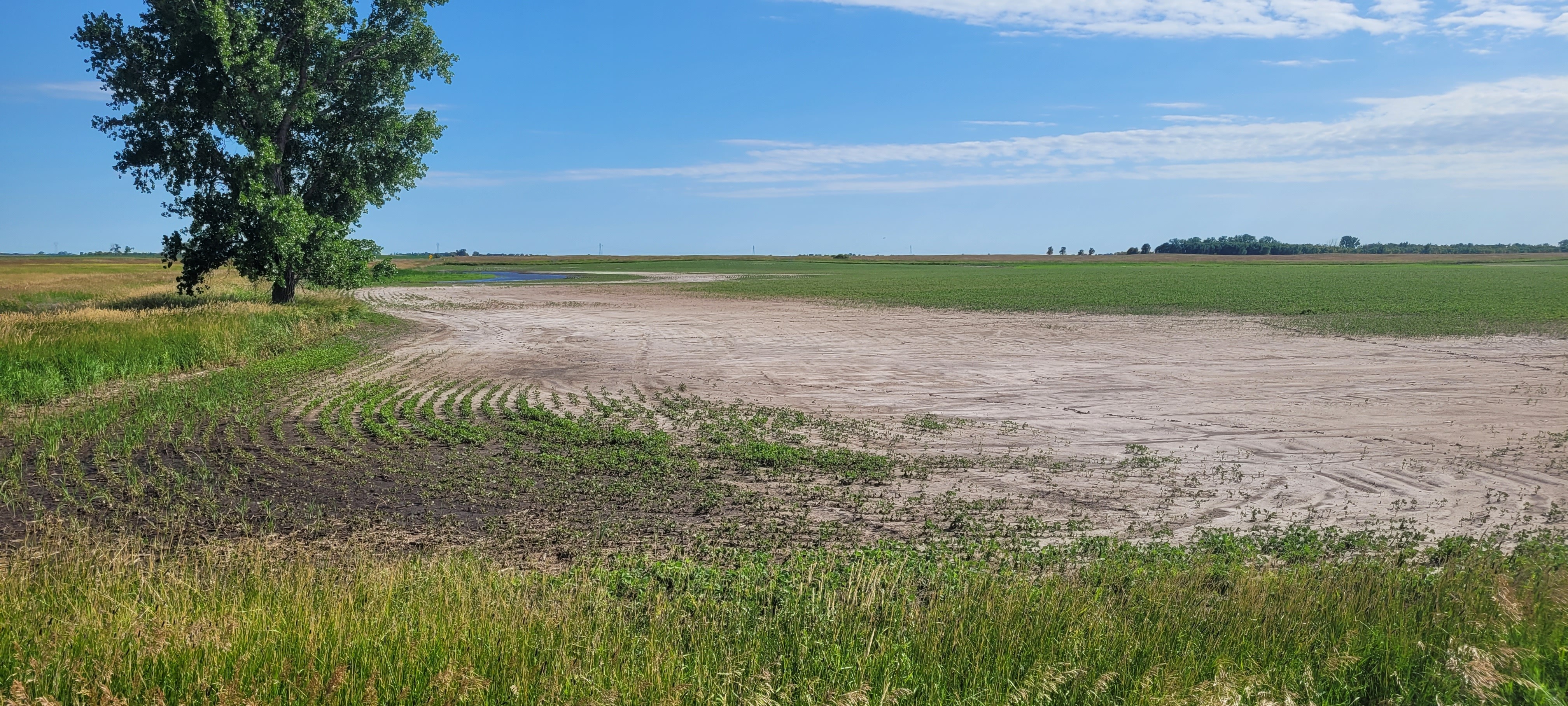
Plant Soybeans Where They Can Shine
Maximize your return by matching soybeans to soils where they thrive — not just survive
By Buz Kloot
“How do we get the maximum value from soybeans––not by pushing them onto every acre, but by positioning them where they can truly shine?
That question kept coming back to me as I spent time talking the last 12 years with producers, conservation and soil health advisors across eastern South Dakota. We often looked at problem areas of saline soils, and talked about how those salty soils were dragging yields and profits down on the whole farm.
Saline soils have quietly but steadily expanded across South Dakota over the past several decades. According to SDSU Extension and USDA NRCS reports, more than 7 million acres statewide now show some degree of salinity issues, with some of the worst in the James River Valley. As SDSU Extension Soils Field Specialist Anthony Bly explains, today's salinity challenges are the result of a "perfect storm" of flat landscapes, deeper water tables, higher rainfall, and the shift away from small grains and deep-rooted perennials toward soybeans and corn.
A Critical Crop
Soybeans remain a highly important crop, with ever-increasing new uses. They help displace petroleum by fueling renewable diesel, provide safer alternatives to PFAs in packaging, and serve as a sustainable protein source for livestock and humans. They also offer a more flexible, lower-input crop compared to corn.
But soybeans aren’t profitable on every acre. Ask Jeff and Scott Hamilton, who watched parts of their ground in Beadle, Kingsbury, Hamlin, and Hyde Counties become increasingly saline. “You think it'll go away, but it doesn’t," Scott said. "It only gets deeper."
Shifts to Perennial Grass, Small Grain Rotations
Instead of pouring more inputs into unresponsive ground, the Hamiltons successfully shifted more than 150
acres of salty soil areas from corn and soybeans into perennial grass for grazing. "We started seeding some of the areas back to a grass/legume mixture," Scott said. "Land that once produced nothing now yields up to 3½ tons of hay per acre."
Jesse Hall’s pathway to steady improvement in soybean yields was to add small grains to his rotation. "I would say within a three-year span, my soybean yields probably went up 3 to 5 bushels an acre across the farm average," the Kingsbury County no-till farmer told me.
Independent crop consultant Lee Briese has watched as more salt-tolerant wheat, barley and sunflowers have given way to less-tolerant corn and soybeans in North Dakota. The saline acres need to be managed differently, he says, adding “Each acre has to pull its own weight in the system. If it's not paying you, it's costing you."
The lesson to me over the years from South Dakota farmers is that saline areas need to be managed differently. Plant soybeans where they can shine, but step away from them on saline soils. A step toward forage or more diverse rotations on those soils isn’t retreat. It’s resilience.

Dr. Buz Kloot is a research associate professor in the Environmental Health Sciences Department at the University of South Carolina. He’s worked with South Dakota farmers on soil health research and told their stories through video for more than 10 years.
Photo Credit: Joe Dickie

Jeff Hamilton says he got tired of growing nothing on areas damaged by salt and sediment, with the land steadily going backward. They stopped spraying the saline areas and seeded them to grass. Since saline spots can grow over time, he’s learned that extending the seeding just beyond the visible salt edge helps the land fill in and recover much faster.
Photo Credit: Jeff Hamilton